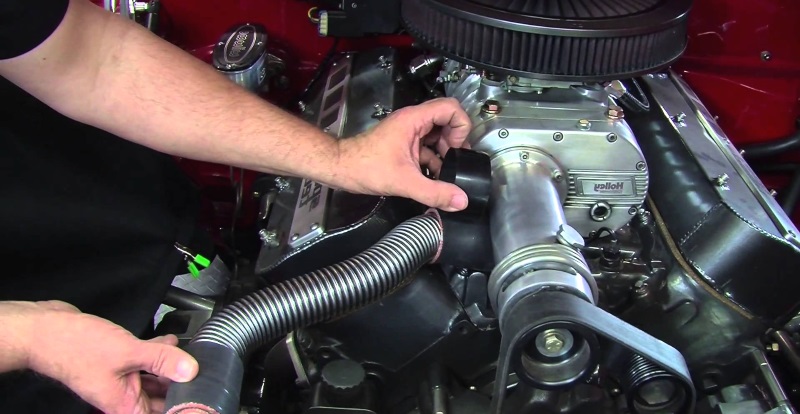So, what exactly are radiator hoses?
Ever lifted your bonnet in the Countdown carpark and spotted those thick rubber tubes running from your engine to the front of the car? Those are your radiator hoses. Basically, they shift coolant back and forth between your engine and your radiator. That coolant grabs all the heat from your engine and dumps it at the radiator, helping your engine stay at a happy temp, even when you’re stuck in Te Rapa Road traffic or crawling over those wild speed bumps outside The Base.
Nearly every car cruising around Hamilton — Mitsi Outlander, Nissan Qashqai, Suzuki Swift, you name it — has at least a couple of radiator hoses sorting out the cooling system. And if one gives up, especially on a hot February run out to Cambridge, you could end up with a cooked engine real fast. Not good news.
Learn more about how the cooling system works >
Why do radiator hoses end up stuffed?
Most radiator hoses don’t die in one go — it’s a slow grind. That rubber gets hammered with boiling-hot coolant (sometimes 100 degrees or more!) every time you’re heading up Morrinsville Road or idling at all those red lights in town. Winter mornings around Hamilton East can be freezing, then by the afternoon you’re blasting the air con back down Kahikatea Drive. All that heating and cooling makes hoses perish — they crack, get all soft and dodgy, or bulge out on the sides. After a few years, even a trusty little Toyota Prius will need new hoses.
Signs you might need a new radiator hose
Here’s what we see most days in the workshop:
Engine running hot – If your temp gauge’s climbing higher than Tamahere hill, or you’re getting a warning light, don’t ignore it. Could be a leaky hose letting out coolant.
Coolant leaking onto the driveway – Spot a green or pink puddle under your Honda Fit in Rototuna? That’s coolant, and it’s a red flag. Even a little leak can leave you stranded halfway to Ngaruawahia.
Cracked or rock-hard hoses – Give the hoses a gentle squeeze (when it’s cool!). If they feel crunchy or barely move, it’s time. We had a customer with a 2010 Alfa Romeo Giulietta with a hose hard as old gumboots. That thing was ready to split.
Soft spots or bulges – Hoses should feel firm (but not brick hard). If yours has squishy spots or ballooned out like it’s been pumping weights, it’s on its last legs. Recently saw this on a Hyundai i30 from Glenview — nearly lost all her coolant going over a pothole in Hillcrest!
Collapsed hose – Sometimes you pop the bonnet and see a hose sucked in on itself like a crushed Coke can. Usually from weak spots, and it’ll block your cooling flow. Super risky in Hamilton’s stop-start traffic.
Heater not blowing hot air – If you’re not getting much warmth in your Mazda Demio on a foggy winter morning heading to Chartwell, it might be a cooling system problem — often a dodgy hose or low coolant.
Steam from under the hood – Seen this a few times in summer, especially on old European wagons. If you get steam pouring out the bonnet, could be a split hose letting hot coolant boil out. Stop straight away and save your engine.
Hamilton radiator hose repairs and replacement
Think your car’s radiator hoses need a look? Bring it in to Grimmer Motors. One of our techs will run their hands over the hoses, check for leaks, cracks, bulges — give it a proper Kiwi once-over. If we spot any damage, we can swap them for new ones, and you’ll be good for another round of school runs out in Flagstaff or Saturday missions to Raglan.
Don’t wait for a hose to let go on Hukanui Road in peak hour. For radiator hose repairs, radiator hose replacement, or any kind of car service Hamilton drivers can trust, just swing by and see us at Grimmer Motors.

